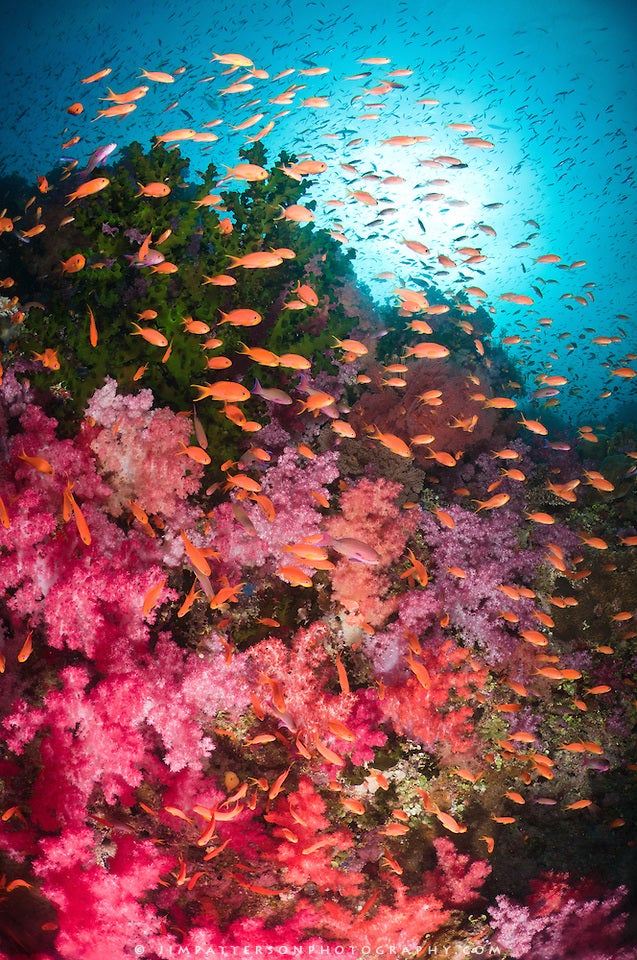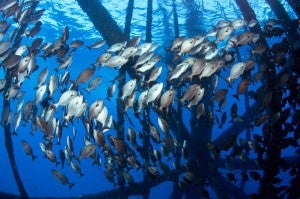 President Obama recently announced momentous changes in the United States policy toward Cuba. The implications of this sea-change are wide-ranging, including the potential for enhanced scientific collaborations, and more effective and cooperative environmental management. EDF has a long and diverse history of productive partnerships in Cuba, which have shown us quite clearly this potential.
President Obama recently announced momentous changes in the United States policy toward Cuba. The implications of this sea-change are wide-ranging, including the potential for enhanced scientific collaborations, and more effective and cooperative environmental management. EDF has a long and diverse history of productive partnerships in Cuba, which have shown us quite clearly this potential.
A recent example involved a delegation of seven Cuban fishery managers, scientists and industry leaders joining four EDF staff and two partners from the Mexican organization COBI at the Center for Coastal Studies (CCS) in Provincetown, Massachusetts, at the very end of Cape Cod. There, the group had wide-ranging discussions of experiences, challenges and successes in improving management of marine resources. The workshop had a particular focus on better use and integration of spatially-explicit science and management tools. These include protected areas, area-based allocation systems (e.g., territorial user rights for fishing, or TURFs), and multi-use planning zones. We also paid close attention to the governance structures needed to ensure effective, responsive and participatory management. Read More












.jpg)
.jpg)